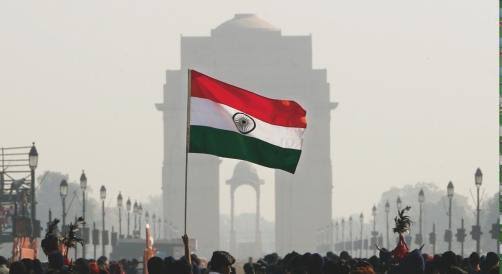Ah, Media, perhaps the most powerful yet divisive force in the world, one capable of shaping public opinion either by showcasing the truth, or by tweaking and twisting it to show their – or their backers – own agenda, be it political or something else. Media, which can be as much as a force for good, by depicting the plight of those caught in dangerous situations and horrible situation (caused either by natural events or other man-made disasters), or hiding the atrocities commuted against the proletariat, the downtrodden, those of lower castes (much like the case of many people from the dalit community), and keeping their masters safe, and in power. Media, which showed its power during the last elections as it was harnessed brilliantly by our current Prime Minister to make the people believe his agenda was the agenda of the nation, and led to an overwhelming success.

This media has been – and will continue to be – instrumental in shaping the future of our nation, and who embodies the future more than our country’s youth?
As such, the jury’s still out on whether media reflects society aptly, but it can be surely said that society and societal norms are heavily influenced by media.
In fact, most of the movies today either show youngsters as college bunking men and women smitten with the idea of love and the opposite sex, ignoring everything else. Rare are the movies or shows which depict them in a positive light. Some of them such as the horrible Mastizaade not only objectify women – and to a lesser extent, men – but also end up making crass jokes at their expense, the like we see in SMS’s or WhatsApp forwards. Worse, they even go on and end up insulting those people working in the sex-trade industry, not realizing that in reality most of those who end up in that life are those who have either been forced into it, or who haven’t had any other option left for their livelihood.
It further goes to show that for all its vaunted importance on truth, in the end, narrative and agenda-setting and getting hits is more important for media.
This is all the more true when you consider that despite the rise of feminism in to the mainstream, women in media continue to be represented as weak-willed, powerless individuals and damsels-in-distress who need a hero to save them, and that their only worth in life is either as a mother, a daughter, always in relation to a man, never standing on their own as an individual.
Further, colleges are represented as sexual havens, with but a couple of nerdy people as comic relief portrayed as interested in studies. Machismo and insulting comedy is what sells under the name of comedy, changing the very nature of the genre. Newspapers and TV shows are busy telling their own versions of the truth when they report the news, and once again, the youth is represented in whichever way they want it, in a manner that would suit their agenda best; sometimes heroes, sometimes villains.
Indian media may have come a long way since its inception, but judging from what we see even today, from news anchors yelling on shows to spreading populous tales and agenda-driven verdicts, it still has a long way to go towards proper representation, and until that happens, the portrayal of youth in media will never be as it should be.




























